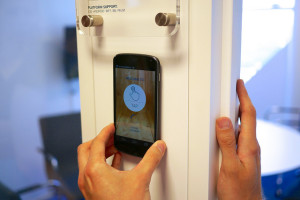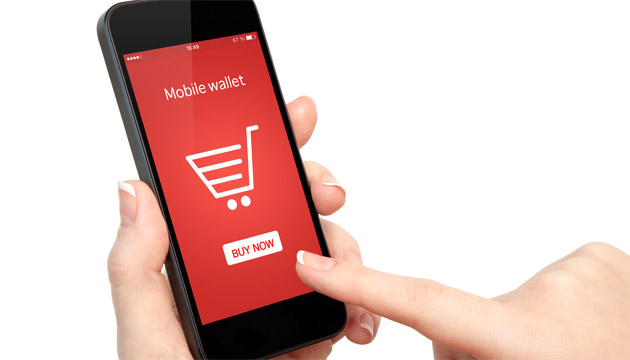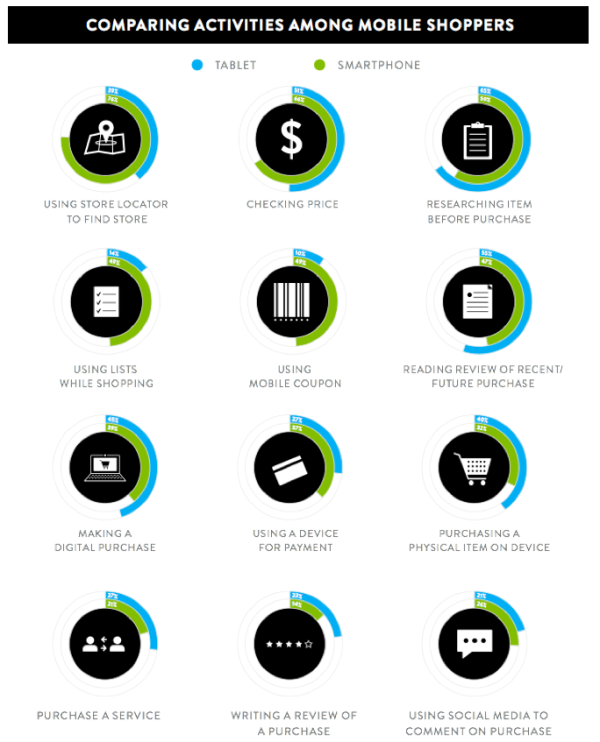NFC is not a new technology but it has been gaining traction in the market over the last few years due to NFC-enabled credit cards and mobile phones. There is speculation that Apple will finally adopt NFC in the iPhone 6 — at which point, NFC might reach widespread adoption among consumers. However, the NFC rumor mill hits every time a new iPhone is about to be released. Nonetheless, the number of NFC-enabled Android and Windows phones is growing, and with that, we have seen an increase in the ways brands and consumers are experimenting with the technology.

How does NFC work?
Getting down to basics, NFC, or near field communication, transmits data wirelessly between two objects equipped with NFC chips. The two objects have to be brought within close range, usually within four inches, in order to communicate and can transmit any information.
How can I use NFC?
As we mentioned, iPhones aren’t NFC compatible. However, the number of other smartphones with NFC capabilities is growing. (You can see a full list of compatible devices here.) Payments, through services like Google Wallet, have made it possible to simply tap or wave your phone over a payments system (or laptop) to make a purchase.
Is NFC just for payments?
No! Technically, you can use NFC as long as you have two NFC compatible objects. Brands have used NFC for ticketing at events or while traveling, opening car doors with NFC-enabled security badges and car keys, tracking healthcare information, and in marketing and advertising campaigns. It can be as simple as placed an NFC-enabled sticker within a retail area that links to coupons, rewards, ads or movie trailers, social media pages, mobile apps and more. NFC extends to personal use, too. Place an NFC sticker near your front door, wave or tap with it your phone and turn the air conditioning on. Trend Blog put together a great list of 18 creative ways to use NFC.
Will NFC keep growing?
Yes. The number of NFC compatible devices increased 128% from 2012 to 2013. IHS Technology predicts that two in three devices will be NFC compatible by 2018. Plus, VISA Europe saw their contactless payments increase four fold in 2013. While brands are starting to experiment with beacons, NFC still has its own specific use and purpose. It’s cheaper and works within a much more specific location than beacons.
What’s the security like?
NFC only works within a close range — usually four inches or less — and the signals are very specific. In order for a hacker to get a hold of your information, they would have to be extremely close to your phone or credit card. In addition, any data stored on your phone like credit card information is encrypted and usually has a number of added security features like pins and passwords. Get a full explanation of NFC security here.
Bottom line, NFC is here to stay but there are a multitude of other technologies disrupting the space. When it comes to designing a marketing or advertising campaign, make sure to consider your goals, budget and customers when deciding which one to use.
Photo Credit: Kārlis Dambrāns



